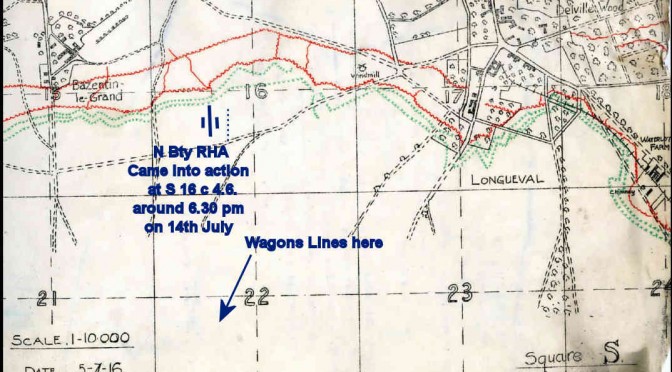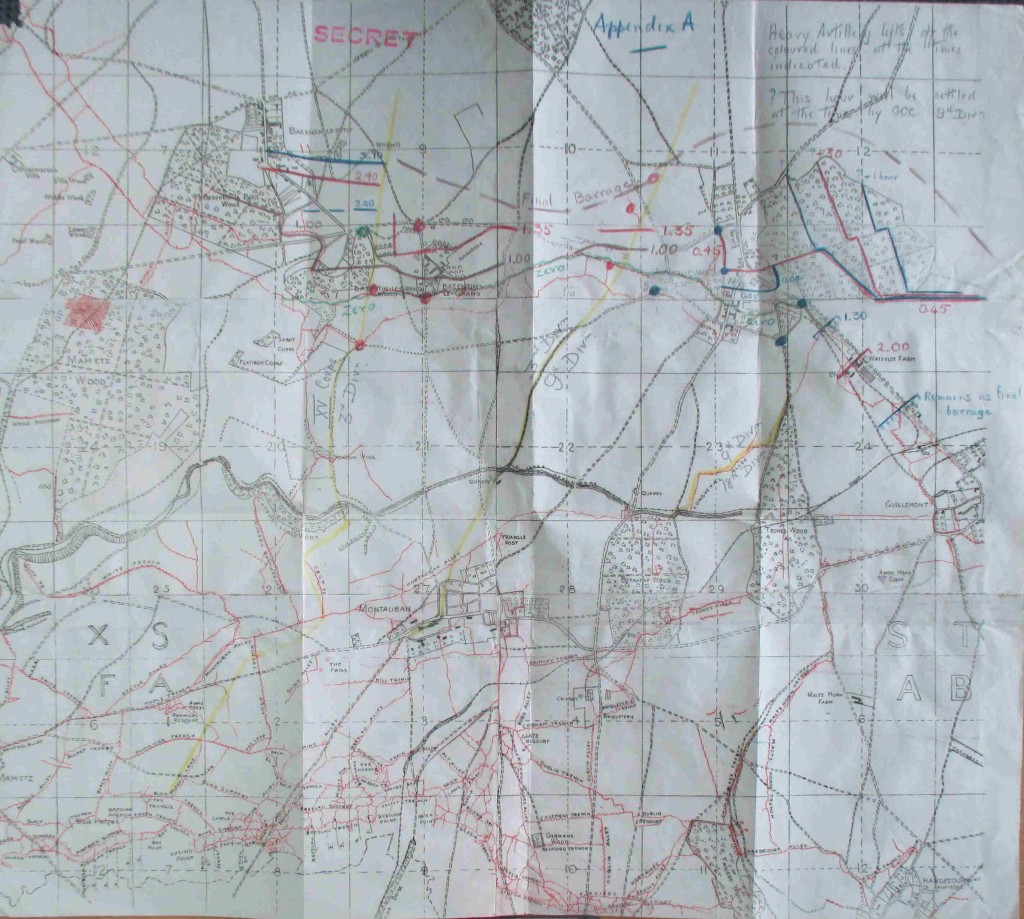 Everyone has heard of the first day of the Somme, famously the day on which the British Army suffered its highest casualties on a single day. Fourteen days later the British Army made its next big push. Demonstrating that occasionally lessons are learned and learned quickly, the plan was a bit different from on the 1st of July.
Everyone has heard of the first day of the Somme, famously the day on which the British Army suffered its highest casualties on a single day. Fourteen days later the British Army made its next big push. Demonstrating that occasionally lessons are learned and learned quickly, the plan was a bit different from on the 1st of July.
There wasn’t quite as many guns or ammunition as there was on the first day, but all of it was concentrated ion the German defences along Bazentin ridge and the German guns behind it. One the 1st of July there was one gun to every 20 yards of front – spread over two defensive lines and the preparation lasted for a week, firing 1.5 million shells . On the 14th there was one gun for every 6 yards and the preparation lasted for 48 hours, firing just under half a million rounds.
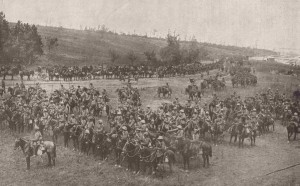
H Hour was 03.25 at dawn. The infantry of five divisions moved out into no mans land at night, and guided by mine tape deployed quietly a few hundred yards from the German front line. It was a great success and about three miles of German trenches were taken and a gap wide enough to launch cavalry – supported by a battery of horse artillery that still exists as N battery the Eagle Troop. However, by the time the cavalry was in action the Germans had blocked the gap.
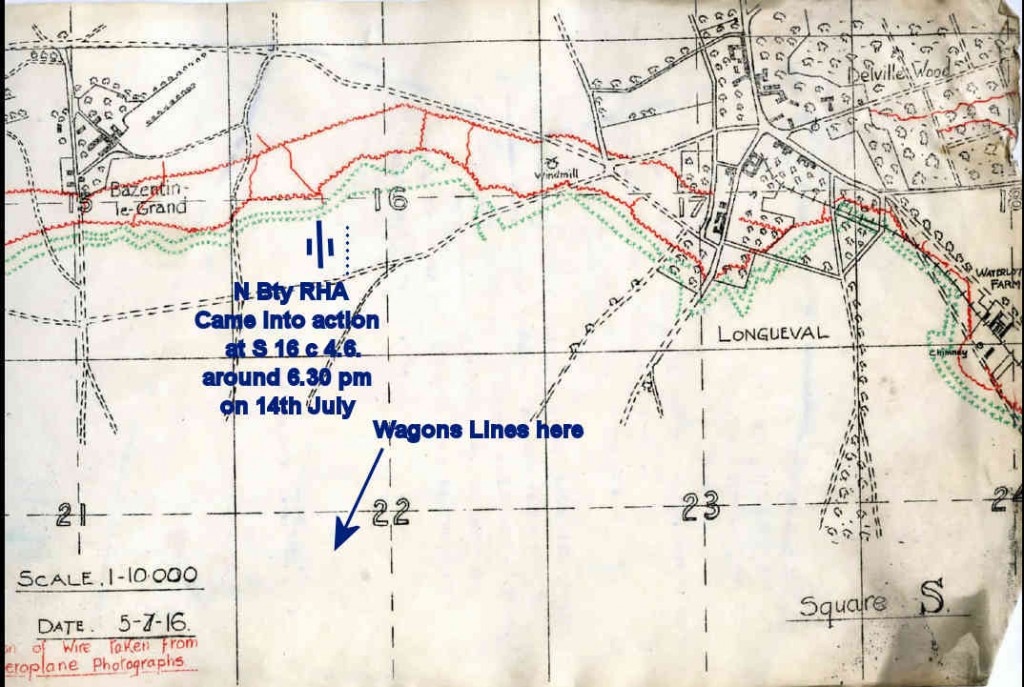
Artillery deployment in the First World War looked a bit like this. Starting from 2’14” in this video https://www.youtube.com/watch?v=R0X7CfNBsq4
The map is the hand drawn trace for the XIII Corps fireplan for the attack on 14th July. Delville Wood is on the right hand side just below the number 12. The wood above the number 10 is High Wood. The poet and author Robert Graves was wounded in this attack at the churchyard in the village of Bazentin-le-Petit to the left of the number 9.
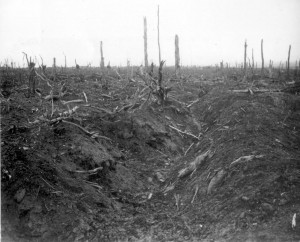
The area between Delville and High woods was the focus for fighting for the next two months. It was calculated that seven shells a second landed on Delville Wood at times.
Two of the casualties on that day was Lieutenant Colonel Dudley George Blois DSO Commander of 84th Brigade RFA and his Trumpeter. They were riding forwards to recconoitre new positions for 84th Field Brigade of 18th Division and caught by shellfire. Blois a descendent of the royal house of Blois, is commemorated in Blythburgh Church in Suffolk.
If you are interested in visiting any of these battlefields and hearing the Gunner side of the story contact Gunner Tours.
